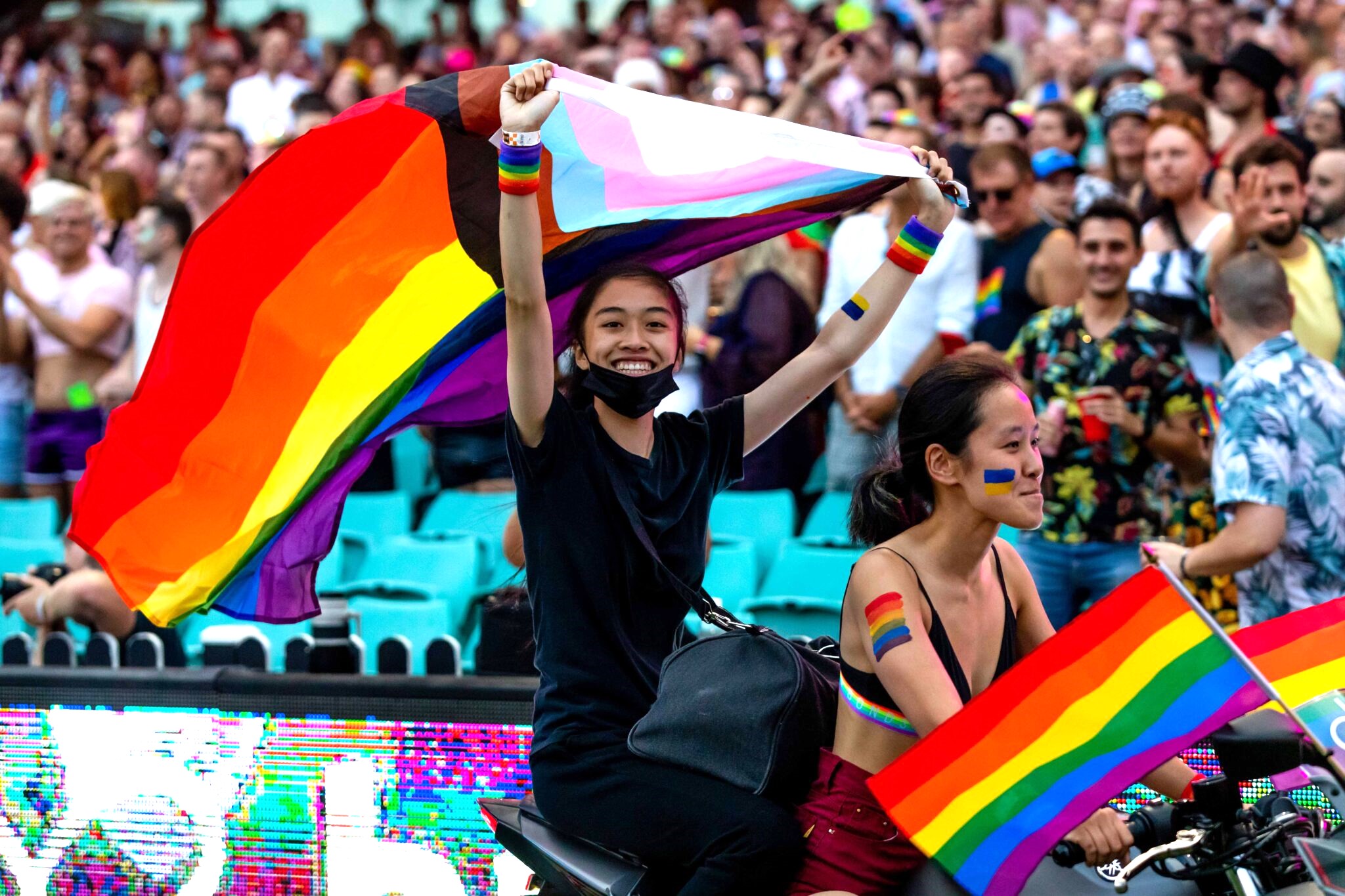
Kim Davis, the former county clerk of Rowan County, Kentucky, became a highly controversial figure in 2015 when she refused to issue marriage licenses to same-sex couples, citing her deeply held religious beliefs.
Her defiance of a federal court order, which required her to issue these licenses following the U.S. Supreme Court’s legalization of same-sex marriage, led to her being jailed for contempt of court.
To many, her actions were seen as a violation of the civil rights of same-sex couples and a form of discrimination against the LGBT community. To others, Kim Davis became a symbol of religious freedom and the right to act in accordance with one’s faith, regardless of public opinion or the legal consequences.
The conflict between her religious convictions and the legal system sparked a national debate that continues to this day: how do we balance religious freedom with civil rights?
Davis, a born-again Christian, argued that issuing marriage licenses to same-sex couples went against her religious beliefs. As a county clerk, her duty was to issue these licenses, but her strong personal conviction made it impossible for her to do so.
She believed that doing so would betray her faith in God’s definition of marriage, which she viewed as between one man and one woman. When same-sex marriage was legalized nationwide by the Supreme Court ruling in Obergefell v.
Hodges, Kim Davis found herself at the center of a storm. She refused to comply with the new law, stating that issuing marriage licenses to same-sex couples violated her personal conscience.

Davis’ actions became a flashpoint in the ongoing national debate over the intersection of religious freedom and civil rights. Her refusal to issue marriage licenses to same-sex couples was viewed by critics as a direct attack on the LGBT community, a denial of equal rights for individuals who had just won the right to marry under the law.
For them, her actions were a symbol of the entrenched bigotry that still existed in American society, particularly in regard to the LGBT community. They argued that personal religious beliefs should not be allowed to interfere with the application of laws that protect the rights of all citizens.
On the other side of the debate, Davis became a hero for those who believed in the sanctity of religious liberty. For many conservative Christians, her stand was seen as a defense of their First Amendment rights to practice and live according to their faith without being coerced by the state.
These supporters argued that forcing Davis to issue marriage licenses to same-sex couples was an infringement on her religious freedom, and that her conscience should be respected above the mandates of the state.
They saw her actions as an example of standing firm in one’s beliefs, despite the societal pressure to conform to secular laws that conflicted with deeply held convictions.
Davis’ case raised important questions about the relationship between religious freedom and civil rights in the United States. The First Amendment of the U.S. Constitution protects both the free exercise of religion and freedom of speech, but these protections are not always absolute.

In cases like Davis’, the courts have often been forced to weigh the rights of individuals to act in accordance with their faith against the rights of others to be treated equally under the law.
While the Supreme Court ruling in Obergefell v. Hodges legalized same-sex marriage across the nation, it also created a new set of challenges for those who believe that marriage should only be between a man and a woman.
For religious individuals like Kim Davis, these challenges have raised profound questions about the limits of religious freedom in a pluralistic society.
After her arrest for contempt of court, Davis became a rallying figure for conservative religious groups across the country. She was released from jail after several days, and her case drew national attention.
Supporters of Davis organized protests, calling for the protection of religious freedoms and for government officials to honor the conscience rights of those who oppose same-sex marriage.
Davis herself received personal visits from several prominent politicians, including Mike Huckabee, who ran for president at the time, and Sen. Ted Cruz, both of whom voiced strong support for her stance.
At the same time, Davis’ case also had significant consequences for the LGBT community. Many of the same-sex couples who sought marriage licenses from her were left without the legal recognition they were entitled to.

The inability of those couples to marry legally in Kentucky for several days added to the frustration and anger many in the LGBT community felt toward Davis and her actions.
Her refusal to comply with the Supreme Court’s decision was viewed by many as a sign that the fight for LGBT equality was far from over, and that the religious right would continue to try to obstruct the full acceptance of same-sex marriage across the country.
In the years following the controversy, Kim Davis’ case continued to generate debate. While some saw her as a martyr for religious liberty, others saw her as an example of the dangers of allowing personal religious beliefs to infringe upon the rights of others.
The conflict between Davis’ faith and the law raised important questions about the nature of religious freedom in a diverse society, and whether individuals should be allowed to refuse to perform legal duties based on religious beliefs.
The case also highlighted the tension between personal conscience and public responsibility, particularly for government officials who are tasked with upholding the law.
Ultimately, the Kim Davis case exemplifies the complexities and challenges of navigating religious freedom and civil rights in a pluralistic society. The conflict between these two values is not easily resolved, as it requires a careful balancing of competing interests.
On one hand, religious individuals must be allowed to practice their faith freely, without government interference. On the other hand, the state has a responsibility to ensure that all citizens are treated equally under the law, regardless of their personal beliefs or religious affiliations.
While the legal system ultimately sided with the right of same-sex couples to marry, Davis’ refusal to issue marriage licenses underscored the ongoing struggle between religious beliefs and the rights of the LGBT community.

The case revealed the deep divisions that still exist in American society, particularly over issues of marriage, family, and religion. It also highlighted the difficult questions that must be addressed as society continues to evolve and change, with people of different beliefs and values attempting to coexist in a complex, interconnected world.
As we look to the future, it is clear that the debate over the balance between religious freedom and civil rights will continue to play a pivotal role in shaping American society.
While some argue that the rights of individuals to act in accordance with their faith must be protected, others believe that these rights should not come at the expense of equal treatment and recognition for all citizens.
The case of Kim Davis may have sparked outrage and division, but it also provided an important opportunity to engage in difficult conversations about the limits of religious freedom, the scope of civil rights, and the values that bind us together as a nation.
The legacy of Kim Davis’ actions, and the broader debate they represent, will continue to resonate as America grapples with questions of equality, freedom, and faith.
As the nation continues to evolve, the conversation about how to reconcile competing rights and freedoms will be one of the most pressing issues of our time.
Whether Kim Davis will be remembered as a champion of religious liberty or as someone who stood in the way of progress is yet to be determined, but her case has undoubtedly left a lasting mark on the national conversation about faith, rights, and the law.
-1750041965-q80.webp)


